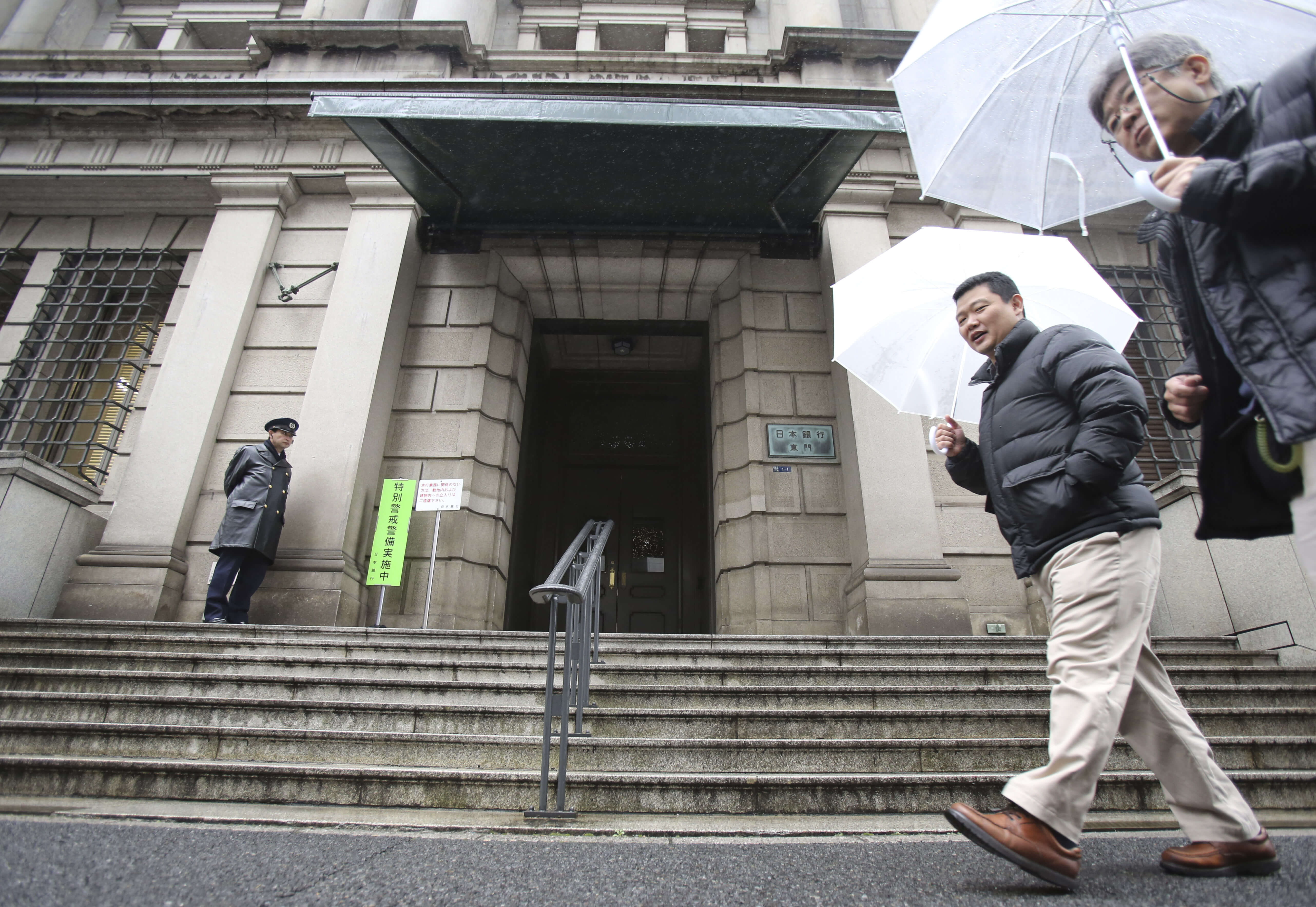Must-Read: The very-sharp Jed Graham has… strong views… about the Federal Reserve’s rather counterintuitive decision to raise interest rates in a quarter at which nominal GDP grew at a rate of 1.5%/year, at the end of a year in which nominal GDP grew at 2.9%. The Fed is placing an awful lot of weight on the unemployment rate, and not on either non-labor market indicators or the employment-to-population ratio, in its decision to raise. I don’t think we even have to reach for the (very true and powerful) arguments about asymmetric risks to find the interest-rate increase technocratically incomprehensible, and the failure to roll it back last month technocratically incomprehensible as well:
: The Fed’s Historic Rate-Hike Goof–in One Chart: “Janet Yellen’s Federal Reserve has done something that no other Fed has done since Paul Volcker…
…aimed to quash runaway inflation in the early 1980s, even if it meant a recession–and it did…. Nominal GDP grew at a 1.5% annualized rate in the fourth quarter…. (Inflation-adjusted GDP rose just 0.7% in Q4.) With the exception of Volcker’s interest-rate hike in early 1982 amid a recession, no other Fed has raised rates during a quarter in which nominal GDP grew less than 3%, dating back to the early 1970s. In fact, a rate hike when nominal GDP is growing less than 4%… from 1983 to 2014, it only happened twice, and one of those times (the second quarter of 1986), the Fed cut rates by a half-point before retracting 1/8th of a point of the reduction…. The first quarter of 1995, when nominal GDP grew 3.7%, [is] the only time since Volcker that the Fed had, on net, raised rates in a quarter when nominal growth was running below 4%. After that early 1995 hike, it should be noted, the Fed proceeded to cut rates three times before the next rate hike…. If one looks at the pace of GDP growth from the year-earlier quarter, the Yellen Fed stands alone as the only Fed to hike rates when nominal growth was below 3%.


